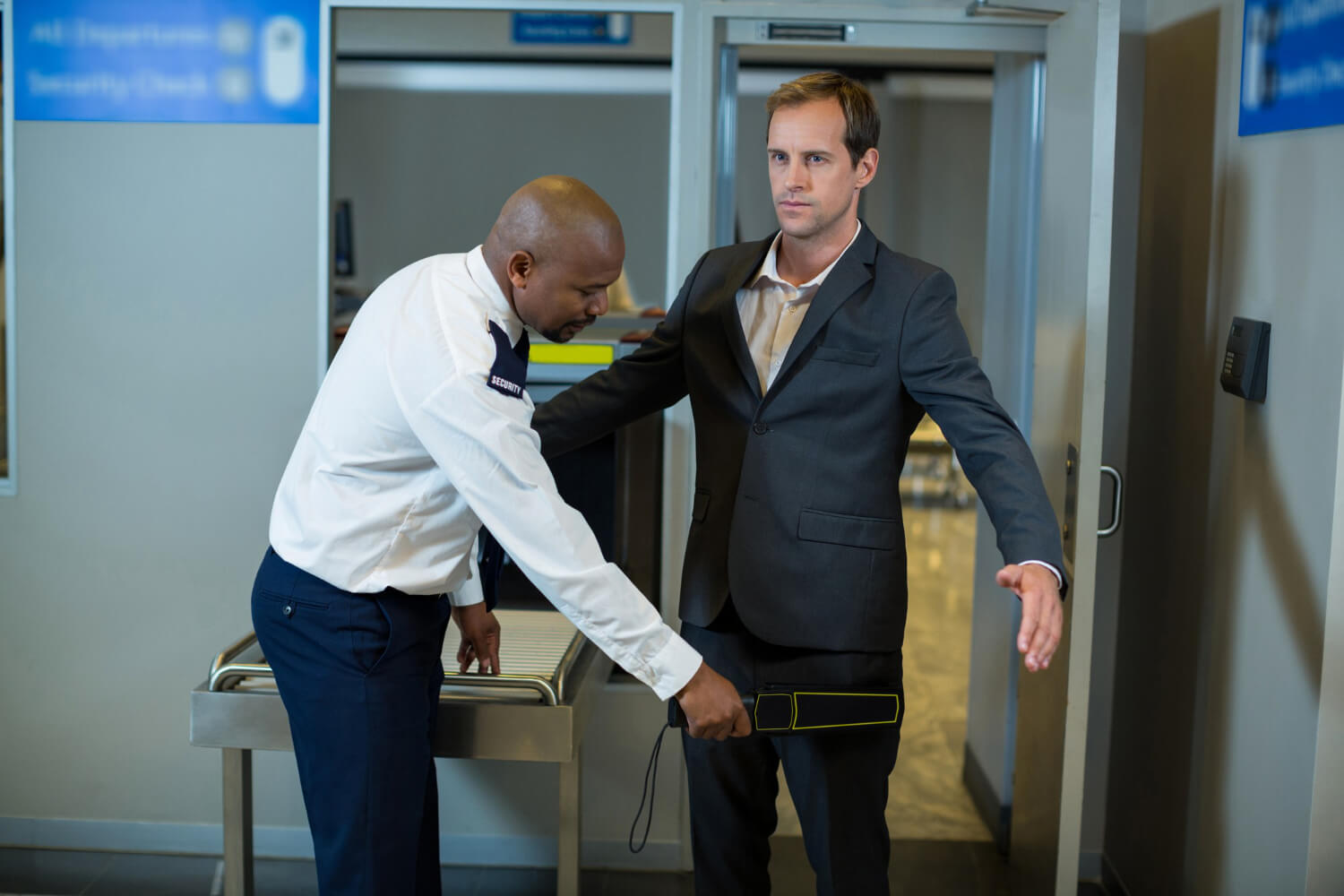Conjure up the term “bad boss” and what comes to mind? Scenes of managers, berating subordinates in public or taking credit for other people’s work or saying one thing and doing another Feel free to continue — I’m sure you have more examples. According to the HBR Blog post Are You Sure You’re Not a …
Professional Development/
Leadership Skills
In a meeting or facilitated session, it is typical for participants to be initially reserved and very willing to allow others to speak first. As a result, it is not unusual for the first question that the facilitator asks to be met with complete and utter silence! This can be demoralizing for a facilitator, especially when it occurs at the beginning of a session – that time when you are hoping for high energy and great interaction. A great technique for maintaining focus within a group - in addition to the checkpoint you read about in my earlier blog - is warming up the group.
I admit, this took some research! Let’s start by defining what we are trying to do, Wikipedia to the rescue. Ethos: Greek, meaning character, used to describe guiding beliefs, ideals, and the spirit which motivates them. Community: a group whose intention, beliefs, resources preferences, needs and risks affect and shape its identity. This captures how …
Leadership is a team sport not a superstar sport. What happens over time is that some managers begin to believe it’s all about them. It’s not, it’s just the opposite. It’s about the people they lead. Allan Ditchfield, former executive at AT&T, realized that you cannot lead without getting involved. “When leaders remain behind their …
In Wally Bock’s Three Start Leadership Blog, I saw this boss’s tip of the Day: Boss’s Tip of the Day: Protect your people So often we forget this. So often we worry too much about our own career and our own protection. We forget that our success is determined by their success. This was a …
Simply put, Action Learning is a group-based process that is proven to generate innovative and creative solutions to address complex problems and opportunities for individuals, teams and organizations. Action Learning is an ongoing, highly focused process among 4-8 group members who help each other to address real, current, important problems or opportunities in their lives …
Ever feel a meeting start to drift? Not sure if your participants retained what was being said? Or, have you ever been unsure of how to (gracefully) transition to the next agenda topic?
That's where checkpoints come in handy...
Use a checkpoint at the beginning of a new agenda item or facilitated process to review, preview and big view.







